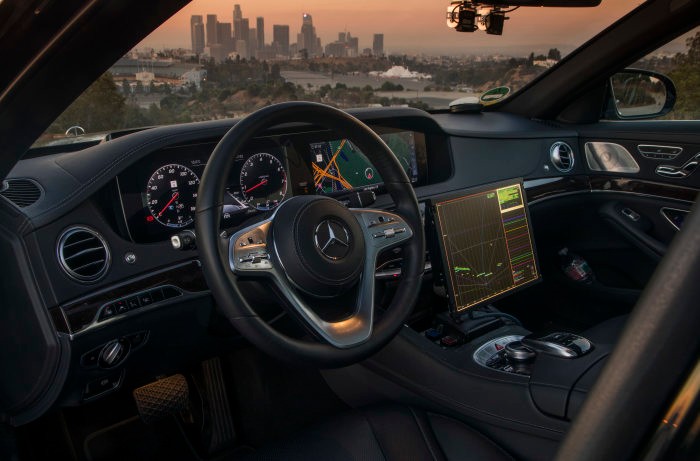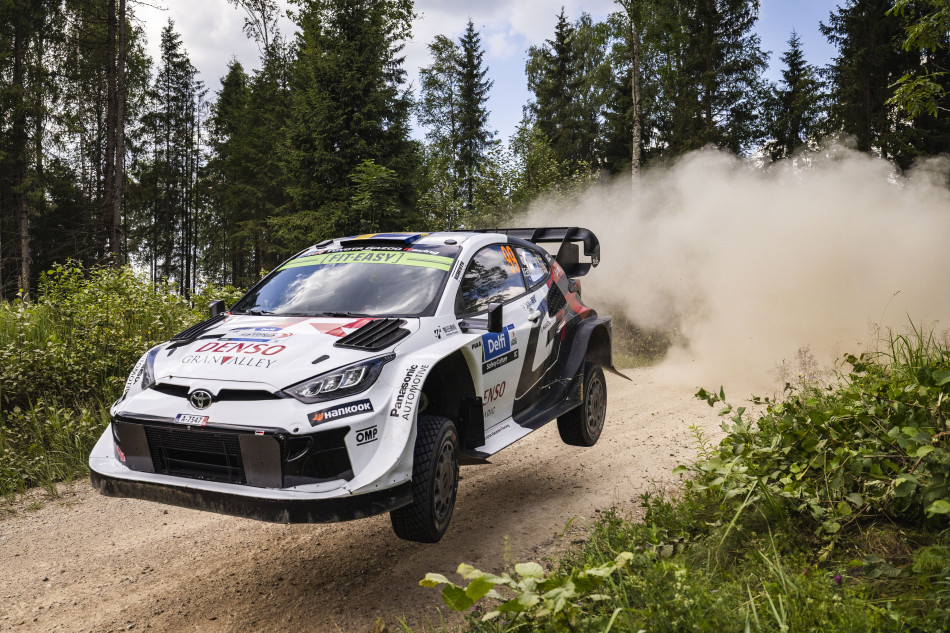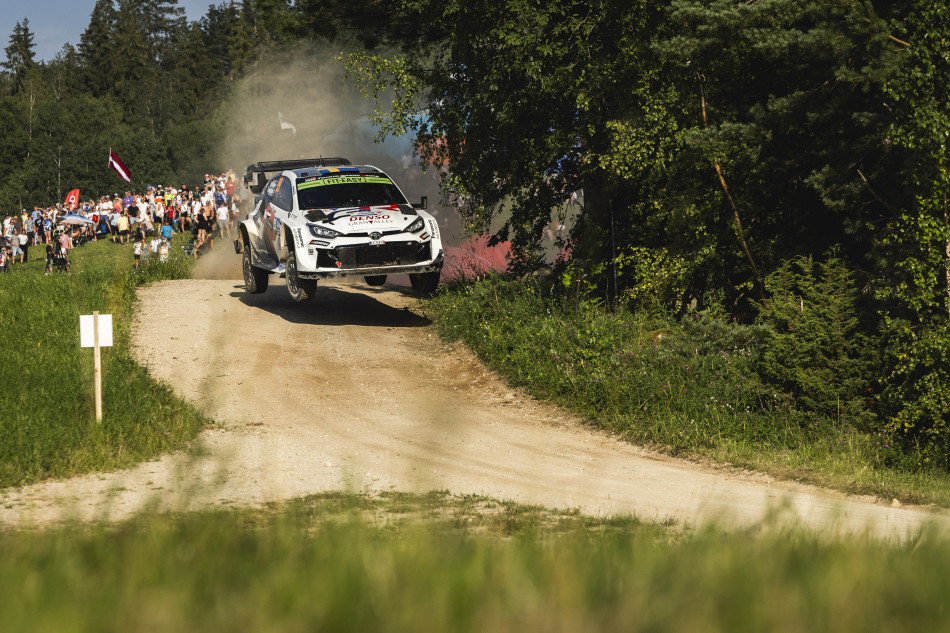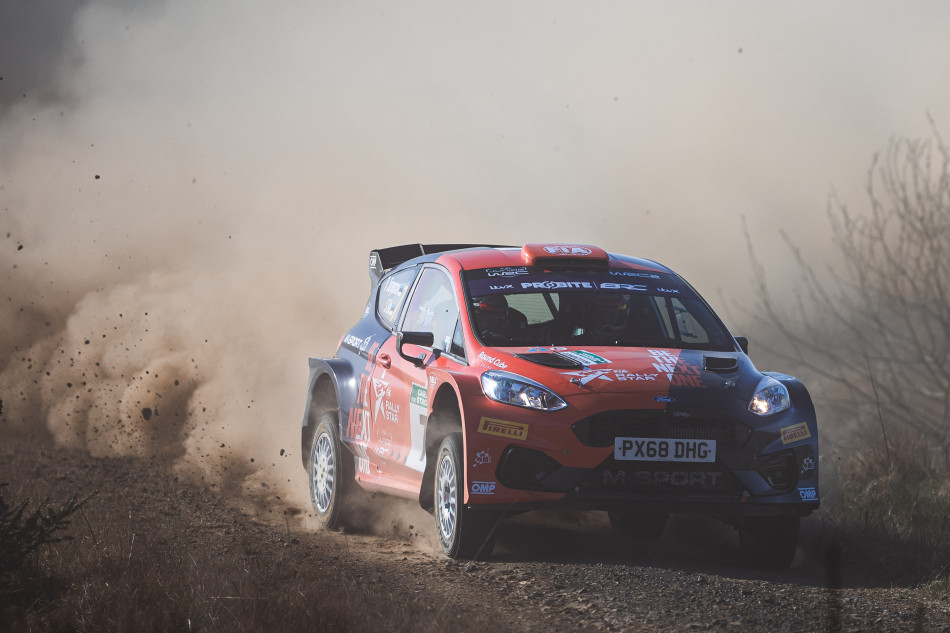Mercedes-Benz Automated test drive America
When the school bus stops, all other vehicles around have to stop too. Speed limit signs exist that are not found anywhere else in the world. There are dedicated lanes for carpools, laws permitting traffic overtaking on the right, and lane markings consisting of raised “dots” instead of painted lines. Road traffic in the USA makes many specific demands on the sensor systems and algorithms of vehicles equipped with automated and autonomous technology. The aim of the Intelligent World Drive on five continents was to gain worldwide insight into real traffic conditions so that future, more automated driving systems can be adapted to country-specific traffic and user habits. On the final leg of the Mercedes‑Benz Intelligent World Drive in California and Nevada, the test vehicle – based on the S‑Class series-production sedan – gathered valuable, USA-specific information for the further development of driving assistance systems.
The automated test drives in the greater Los Angeles area, and subsequently to the Consumer Electronics Show (CES) in Las Vegas, concentrated on the assessment of driving behaviour in dense city traffic and on highways. The focus was particularly on the recognition of school buses, lane markings, and speed limit signs. In addition the innovative DIGITAL LIGHT system was tested.
Stopping when the school bus stops and dedicated lanes for carpools
School buses are unique road users in the USA. As soon as they stop and switch on their warning lights, all vehicles in the immediate vicinity must also stop. No vehicle is allowed to pass – even in the opposite direction. Vehicles equipped with automated and autonomous driving technology must be able to distinguish school buses from all other vehicles, and recognise when they are stopping to let children get in and out.
An equally demanding task for camera and radar systems is identifying separate carpool lanes, which are reserved exclusively for vehicles in which at least two people are sharing a ride. These so-called HOV lanes (high-occupancy vehicle lanes) can be found on multi-lane interstates and freeways in urban areas. For the sensors and algorithms of automated and autonomous driving technology, it is difficult to recognise these as special lanes and distinguish them from normal or exit lanes. Moreover, the lanes are not always in the same position, and can be on the left, right or centre of the highway. HOV lanes can also be separated from the other lanes by two uninterrupted yellow lines, or by metal guard rails, or they may be identified by painted diamonds. In the future, autonomous driving will also require that the system knows the number of occupants in the vehicle to ascertain whether they are permitted to use the carpool lane. This is because in metropolitan areas, there are also HOV lanes that are only permitted for carpools of three or more (e.g. Los Angeles) or even four or more persons (e.g. New York).
Raised dots as lane markings
The so-called Botts’ Dots are a further challenge for the sensor systems and algorithms of vehicles equipped with automated and autonomous driving technology. In many US states, these plastic or ceramic dots are used to mark driving lanes on highways instead of the usual painted lines. Driving automation features such as Active Lane Keeping Assist and Active Steering Assist must be capable of consistently recognising them in order to operate dependably, which is a challenge. With an eye to facilitating the fully-automated driving of the future, the US state of California is planning to harmonise all lane markings and to gradually remove the Botts’ dots, which are believed to total around 20 million in all.
Furthermore, US speed limit signs are just as unique. They have a completely different shape and size than in Europe, Australia, Asia and Canada, and even within the USA, the design of speed limit signs can vary.
Testing the innovative DIGITAL LIGHT
In addition to the features specific to the country, Mercedes-Benz tested a headlamp prototype featuring the innovative DIGITAL LIGHT technology in California and Nevada. The non-glaring, continuous high beam in high-definition quality uses chips with over one million micro-mirrors, and therefore pixels, per headlamp. As such it achieves ideal light distribution in any driving situation – without glaring other road users. Furthermore, this revolutionary lighting system makes functions possible that were unveiled as a vision of the future in the F 015 Luxury in Motion research vehicle in early 2015. Among other things it is able to project light symbols or objects onto the road in order to communicate with its surroundings.
Mercedes-Benz Research & Development North America
The test drives in the USA forming part of the Intelligent World Drive build on the comprehensive experience gained from preceding automated test drives conducted in the USA and other parts of the world. For some years now, the TechCenter of Mercedes-Benz Research & Development North America (MBRDNA) in Long Beach has been conducting trials covering thousands of test kilometres with its own test vehicles specifically adapted for the purpose of validating driver assistance systems on US roadways. The performance of the driving assistance systems was evaluated in major metropolitan areas such as Los Angeles, Miami, Atlanta, Washington DC, New York, Seattle and Vancouver, Canada, and numerous measurements were carried out in real traffic situations for their further development.
Since 1995, MBRDNA based in Sunnyvale, California has been an integral and important part of Daimler AG’s global research & development network. The key areas of Autonomous Driving, Advanced Interaction Design, Digital User Experience, Machine Learning, Connected Car and Customer Research are located here. There are also five Competence Labs: the TechCenters for drive technologies, electromobility and testing in Long Beach (California) and Redford (Michigan), the Advanced Vehicle Design Studio in Carlsbad (California), the sections for testing and regulatory affairs in Ann Arbor (Michigan) and Cloud Computing in Seattle (Washington). With a total of around 500 developers, technicians, engineers and designers, Mercedes-Benz Research & Development North America is working on the next generation of intelligent vehicles.
Intelligent World Drive – five continents in five months
The Intelligent World Drive started at the International Motor Show (IAA) in Frankfurt in September 2017. In five months the automated test vehicle based on the series-production S‑Class sedan was subjected to numerous complex traffic situations on five continents to explore the limits of the current driving assistance systems and its compatibility with driving conditions around the globe. This allowed Mercedes-Benz to gain global insights into real traffic conditions and gather valuable, country-specific information for the further development of the technologies involved.
The first test drive took place in Germany in September. The focus was on assessing the specific driving behavior on motorways and in traffic jams. On the second leg in October the automated S‑C lass was subjected to the extremely dense traffic flow in the Chinese metropolis Shanghai, collecting information about characteristics such as lane-specific speed limits and lane markings with several meanings. In November the automated S‑Class faced the special features of road traffic in Australia. The test drives from Sydney to Melbourne and its city traffic concentrated on validating the current digital map material of HERE MAPS and the recognition of country-specific traffic signs such as the electronic signs showing variable speed limits and the uniquely Australian “hook turn” sign for turning right across railway tracks in Melbourne. The focus of the fourth leg in South Africa in December was on pedestrian recognition in many unfamiliar situations in dense city traffic and on country roads, and on validating the digital map material of HERE MAPS.
CASE – on the way to autonomous driving
Autonomous driving is one of the four strategic areas for the future which form an integral part of the corporate strategy of Daimler AG under the acronym CASE. CASE – these letters will shape the future of mobility. They stand for networking (Connected), autonomous driving (Autonomous), flexible use (Shared & Services) and electric powertrains (Electric). The aim is to shape intuitive mobility for the customers through intelligent dovetailing of all four CASE fields.























